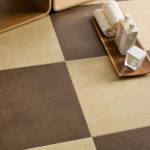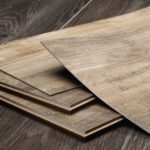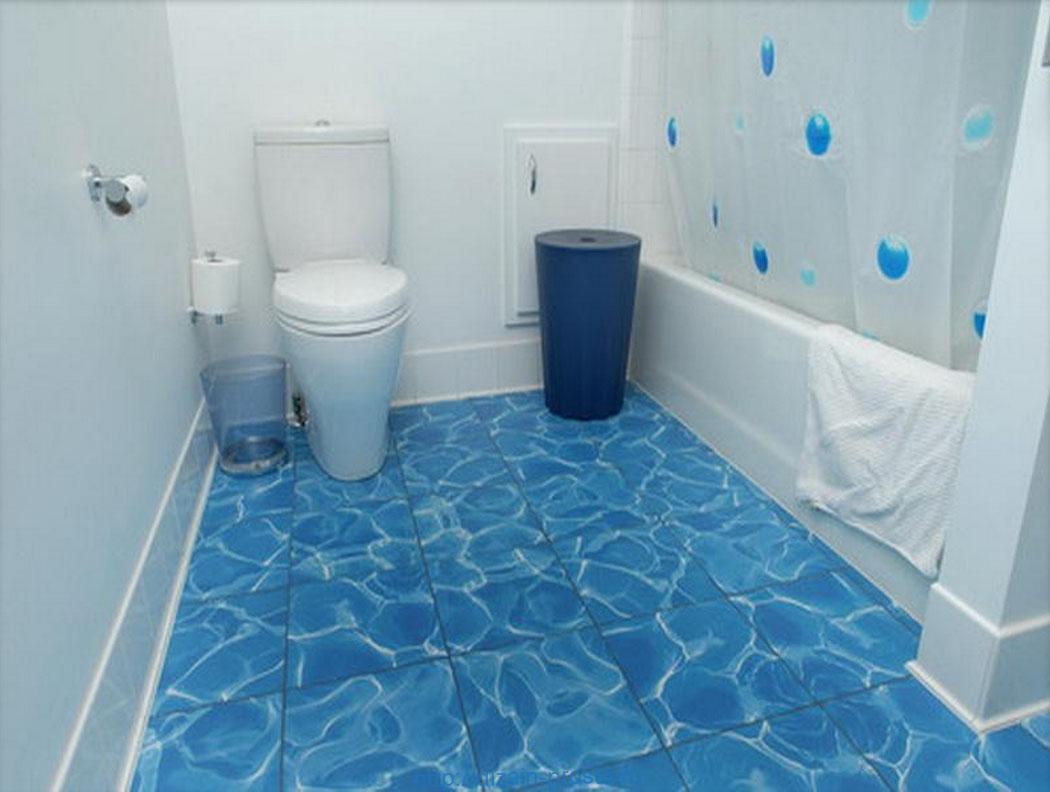Types of floor tiles
 Among the wide variety of floor coverings, tiles invariably occupy one of the leading places. Its popularity is due to such advantages of the material as wear resistance, strength, durability, aesthetic appeal and a wide range of color and texture solutions. However, in order not to make a mistake in choosing, it is necessary to take into account a number of main differences between different types of floor tiles.
Among the wide variety of floor coverings, tiles invariably occupy one of the leading places. Its popularity is due to such advantages of the material as wear resistance, strength, durability, aesthetic appeal and a wide range of color and texture solutions. However, in order not to make a mistake in choosing, it is necessary to take into account a number of main differences between different types of floor tiles.
The content of the article
Types of tiles
Types of tiles differ in material, size and design. The use of this coating is relevant for any room in the house - from the living room to the bathroom. Properly selected, it will create a unique style for the room.
Pressed
The formation of tiles using this method occurs on special equipment using high pressure, which allows you to obtain a strong and durable product with a perfectly flat surface. After pressing, it is subjected to firing and decorative processing: glazing or painting. The last stage allows not only to give the tiles visual appeal, but also to provide them with water resistance, as well as additional strength and wear resistance.
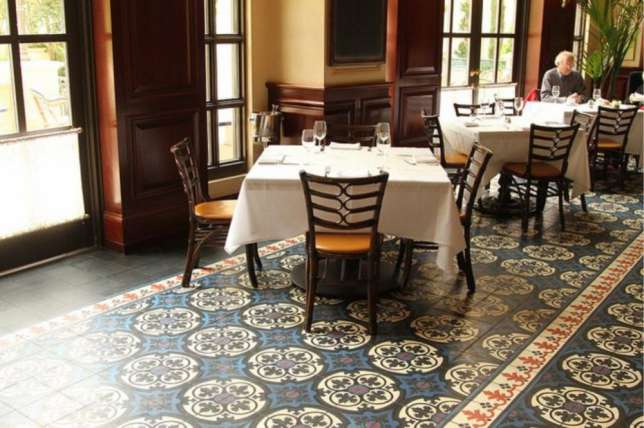
Without enamel
Floor tiles without enamel do not have a decorative pattern on the surface and are one of the simplest and most laconic types of flooring. The coloring of the product occurs at the production stage using special pigments. Tile without enamel is not subject to abrasion, has good quality characteristics, and is also valued by many consumers for its non-slip matte surface.
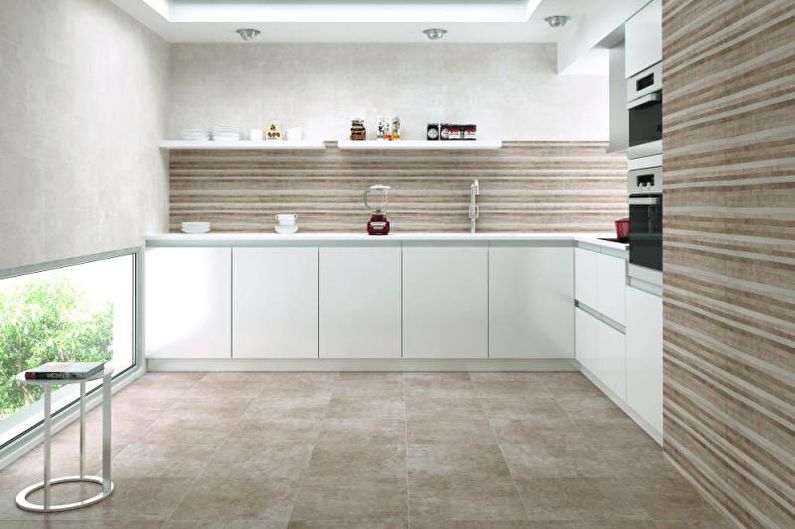
The lack of shine and patterns visually brings tiles without enamel closer to the texture of natural stone, which makes it a universal design solution and allows this material to harmoniously fit into almost any interior.
Glazed
This type of flooring with a glazed surface is characterized by density and impermeability of pores, as well as glossy shine and rich colors. During the manufacturing process of this type of tile, the product is covered with an additional layer - glaze, which gives it the decorative effect of glass filling, while also improving its performance properties. There are two main methods of applying glaze:
- Single layer. Apply once, allowing you to maintain the bright color of the tile.
- Double layer. Repeated application of glaze after firing the first layer gives the product additional strength, improving its quality characteristics.
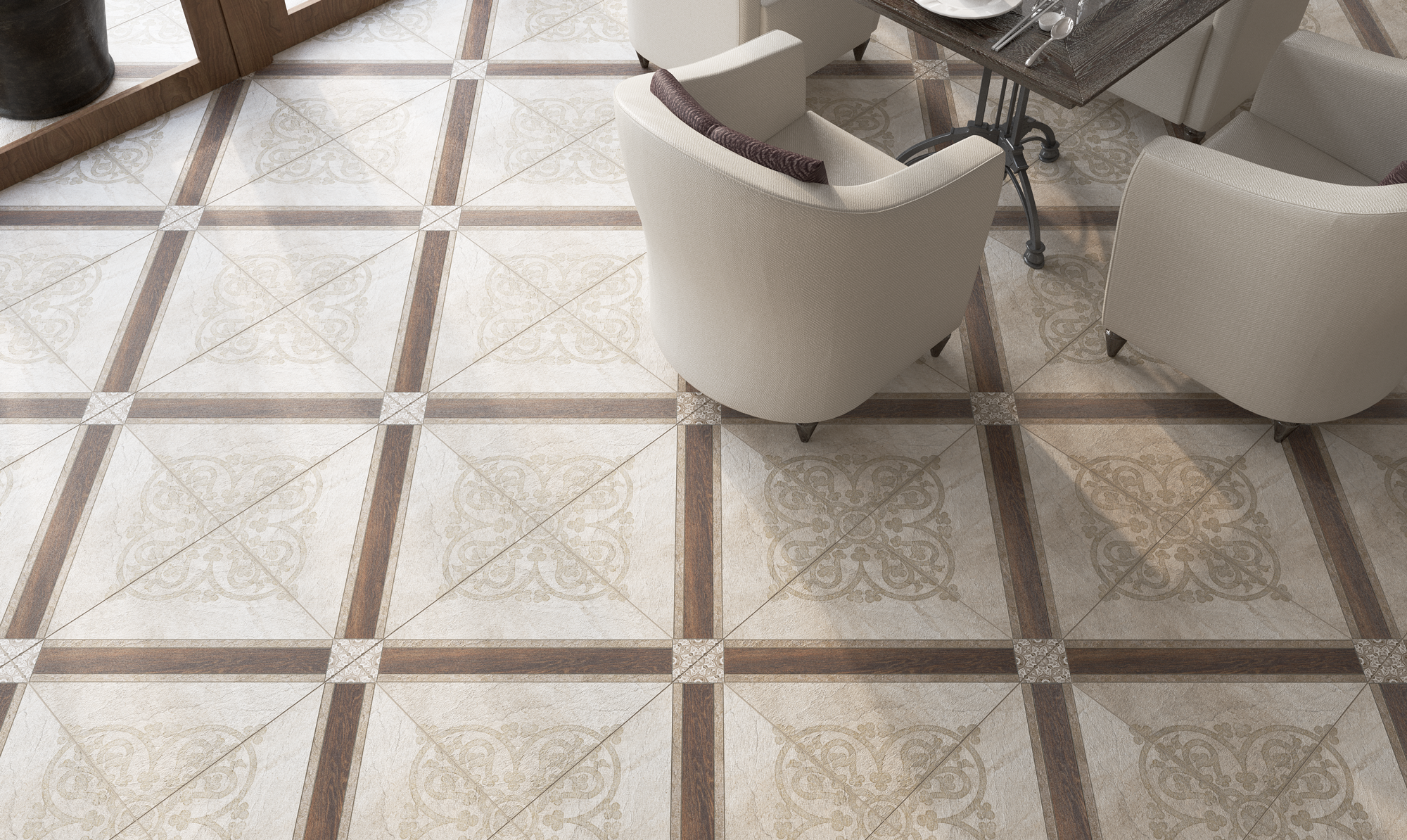
IMPORTANT! Glazed tiles are ideal for decorating a spacious living room or other large room. This coating has excellent reflective ability, which achieves the effect of visually expanding the space while adding a touch of sophistication to it.
Clinker
Clinker tiles are made from certain types of clay with the addition of special dyes and flux.Being a unique alternative to brick, it is widely used not only in the decoration of residential premises, but also terraces, gazebos, as well as rooms with high levels of humidity: bathrooms, swimming pools, etc.

Metlakhskaya
Metlakh tiles are made from refractory clay using the pressing method. This material is characterized by increased hardness and strength compared to other types, is resistant to scratches, chips, abrasion of the pattern and is able to withstand pressure up to 5.5 thousand kg.
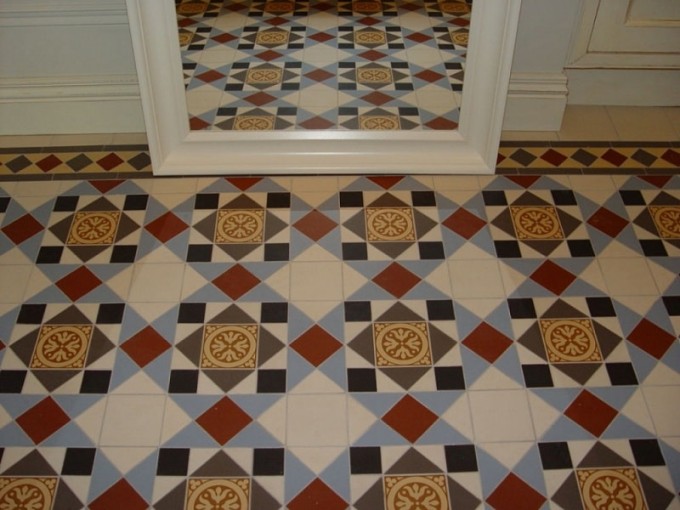
The high performance properties of this type of tile make it an indispensable finishing material for public spaces with high traffic, and its resistance to temperature changes allows it to be used even outdoors.
Porcelain stoneware
One of the most popular types of floor tiles, characterized by a wide variety of designs and textures. It is made from kaolin and quartz spars in combination with pressed dough.

Porcelain tiles are resistant to moisture, temperature changes, are not subject to deformation even under heavy loads, and are also characterized by the absence of harmful substances in their composition and are environmentally friendly. Externally, this type of material resembles a glass coating and is suitable for finishing large areas, halls, lobbies, and offices with high traffic.
How to choose the right floor tiles
When choosing floor tiles, you should pay attention to a number of important criteria for the finishing material. First of all, you need to study the characteristics given on the product packaging. They should reflect information such as:
- Purpose of the tile.Before purchasing, you should make sure that the chosen tile is intended specifically for the floor: as a rule, this is indicated by the foot sign on the label or a written designation of the type of product.
- Thickness. The most common and popular tile thickness is considered to be 9–12 mm, since this option has an optimal strength-to-weight ratio.
- Type of tile. The highest quality products, according to international standards, correspond to grade 1, the lowest quality class is grade 3.
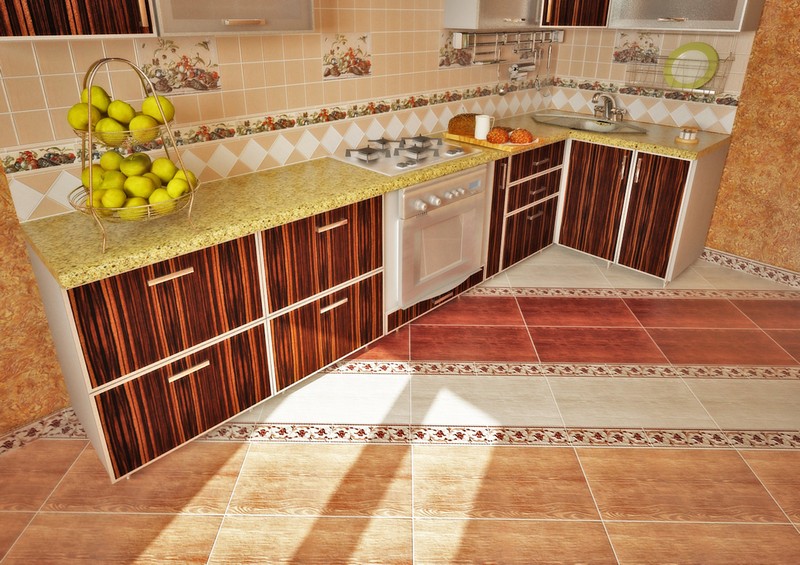
IMPORTANT! Before purchasing, the calculation of the number of tiles must be carried out with a small margin: the area of the purchased coating should be 10–15% larger than the area of the room in which it will be located.
In addition to the product parameters listed on the label, you should pay attention to the product itself. The surface of the tile must be smooth and uniform; the presence of damage such as chips, cracks and scratches on it may indicate a defect.

